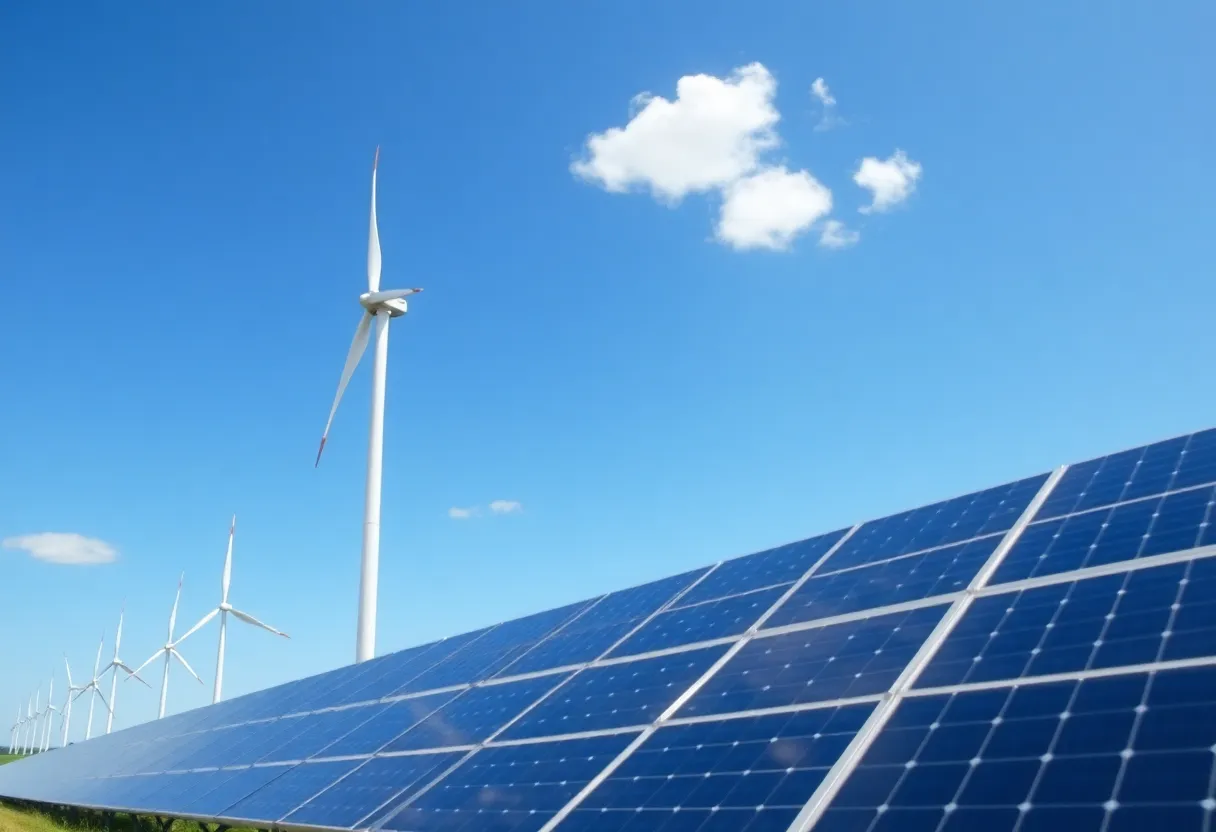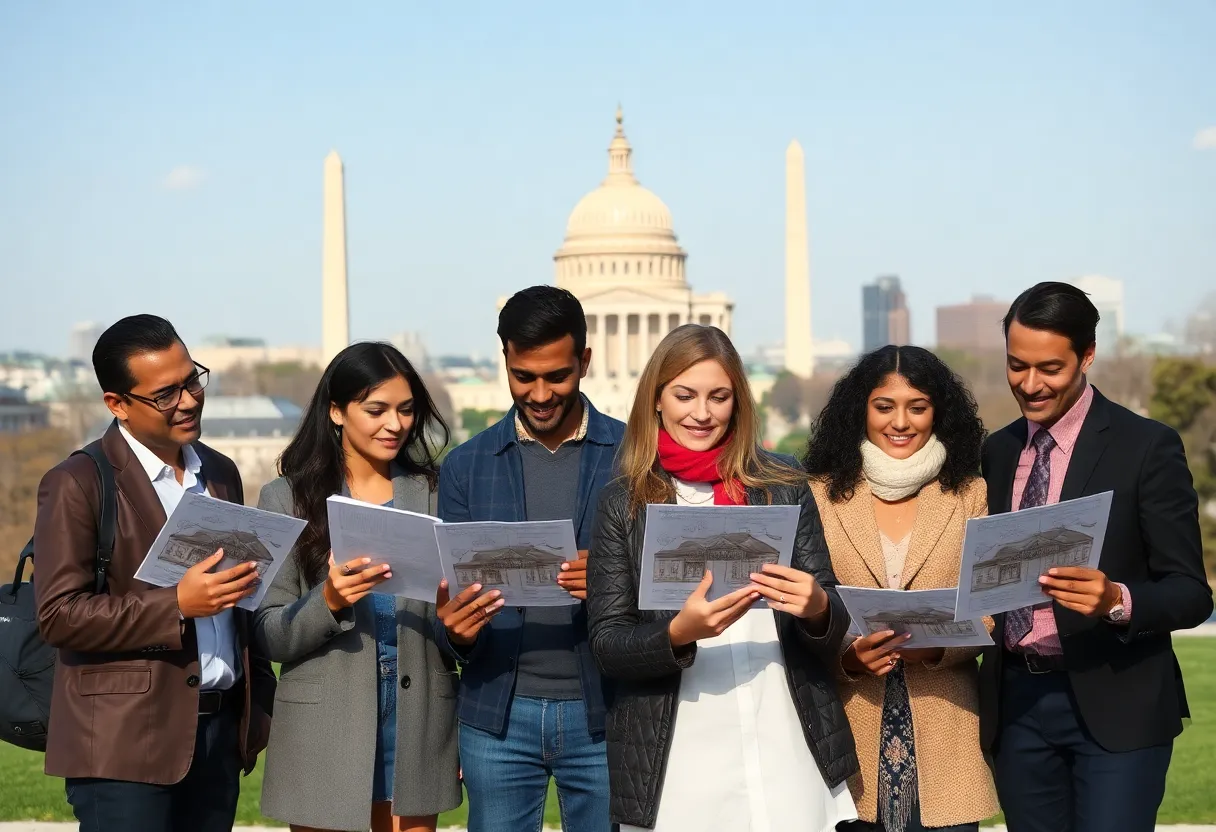News Summary
The IRS has released new guidance affecting wind and solar energy projects’ eligibility for federal tax credits. The revisions clarify the ‘beginning of construction’ requirements and respond to policies aimed at limiting subsidies for projects controlled by foreign entities. Projects starting construction after a designated date will face stricter standards, with an emphasis on demonstrating physical progress. This update reflects evolving regulatory objectives and aims to reinforce domestic production in renewable energy.
Washington, D.C.—
The Internal Revenue Service (IRS) has issued new guidance affecting the eligibility of wind and solar energy projects for federal tax credits, in a move aimed at tightening rules around the “beginning of construction” requirements. This announcement, made through Notice 2025-42 on August 15, 2025, clarifies compliance standards for qualifying renewable energy facilities under Sections 45Y and 48E of the Internal Revenue Code.
Key Changes and Effective Date
The new guidance responds to Executive Order 14315, issued on July 7, 2025, which directs the IRS to end subsidies for energy projects controlled by foreign entities. As a consequence, the notice becomes effective for projects that do not start construction under previous rules before September 2, 2025. Developers with projects that begin construction before this date can continue to qualify under the previous guidelines, but those that do not face stricter rules.
Adjustment of “Beginning of Construction” Standards
The IRS preserved most of the existing requirements but made notable adjustments:
- Maintains the Physical Work Test, which requires physical, significant work to be undertaken on-site or off-site for a project to qualify.
- Limits the five percent safe harbor to small solar projects with a nameplate capacity of 1.5 MW or less.
- For >1.5 MW solar and wind projects, the five percent safe harbor is no longer applicable; these projects must demonstrate progress through the Physical Work Test exclusively.
- Projects relying on the safe harbor must have begun construction before September 2, 2025.
Details of the Physical Work Test
The Physical Work Test allows projects to demonstrate construction progress through physical activities of a significant nature. Acceptable actions include, but are not limited to:
- Excavation for turbine foundations
- Pouring concrete pads
- Assembling structural components for solar panels or supporting infrastructure
The test aims to ensure that projects have a substantial physical commitment to completion, rather than just financial or administrative steps.
Continuity and Project Timeline Requirements
The IRS confirmed that projects must be placed in service within four calendar years of starting construction to qualify for tax credits. This continuity requirement remains unchanged from previous guidance. Moreover, projects that meet the criteria and proceed accordingly will be eligible for the Section 45Y clean electricity production credit and the Section 48E investment tax credit.
Pending Guidance on Foreign Entities of Concern (FEOC)
The notice indicates that future IRS guidance will address the beginning of construction standard concerning the FEOC framework, emerging from recent efforts to regulate foreign influence over energy infrastructure. Currently, the guidance does not specify criteria for projects under that framework, signaling that more detailed rules will follow.
Compliance Window and Future Regulatory Landscape
Under the One Big Beautiful Bill Act (OBBBA), wind and solar projects must commence construction before July 5, 2026, or achieve operational status by December 31, 2027, to qualify for federal tax incentives. These deadlines reinforce the importance of early project planning and adherence to the new standards set by the IRS.
Historical Context and Overview
Previously issued IRS guidance, including Notices 2013-29 and 2018-59, laid the groundwork for the current regulations, notably emphasizing the importance of physically beginning construction. The new notice updates these standards by tightening requirements in light of evolving policy objectives, especially regarding foreign ownership and influence.
Implications for Developers
The clarification emphasizes the need for developers of large wind and solar projects to initiate physical construction activities to qualify for tax credits. Physical work such as foundational excavation or structural assembly is now central to meeting the “beginning of construction” requirement, particularly for projects exceeding the 1.5 MW threshold where the safe harbor no longer applies.
Future Directions
As part of ongoing regulatory developments, the IRS has indicated upcoming guidelines will further elaborate on the beginning of construction under the FEOC framework. Stakeholders are advised to monitor these updates to ensure compliance and maximize eligibility for federal incentives.
Overall, the IRS’s new notice marks a significant step in tightening the rules governing renewable energy tax credits, with a focus on ensuring tangible progress and addressing foreign influence concerns in energy infrastructure development.
Deeper Dive: News & Info About This Topic
HERE Resources
New IRS Guidance Tightens Requirements for Renewable Energy Tax Credits
Moon Palace The Grand Punta Cana Under Rapid Construction
Additional Resources
- OurQuadCities: IRS to Keep Wind, Solar Companies from Tax Breaks
- RTO Insider: IRS Guidance on Wind and Solar Credits
- New York Times: IRS Wind, Solar Tax Credits
- PwC: IRS Sheds Light on Construction Rules for Wind and Solar Credits
- Wikipedia: Renewable Energy in the United States
Author: STAFF HERE WASHINGTON DC
The WASHINGTON DC STAFF WRITER represents the experienced team at HEREWashingtonDC.com, your go-to source for actionable local news and information in Washington, DC, and beyond. Specializing in "news you can use," we cover essential topics like product reviews for personal and business needs, local business directories, politics, real estate trends, neighborhood insights, and regional news affecting the area—with deep expertise drawn from years of dedicated reporting and strong community input, including local press releases and business updates. We deliver top reporting on high-value events such as the National Cherry Blossom Festival, Kennedy Center Honors, and the Washington Auto Show. Our coverage extends to key organizations like the Greater Washington Board of Trade and Destination DC, plus leading businesses in government contracting and technology that power the local economy such as Lockheed Martin and Amazon. As part of the broader HERE network, we provide comprehensive, credible insights into the dynamic landscape of the Washington metropolitan area.





